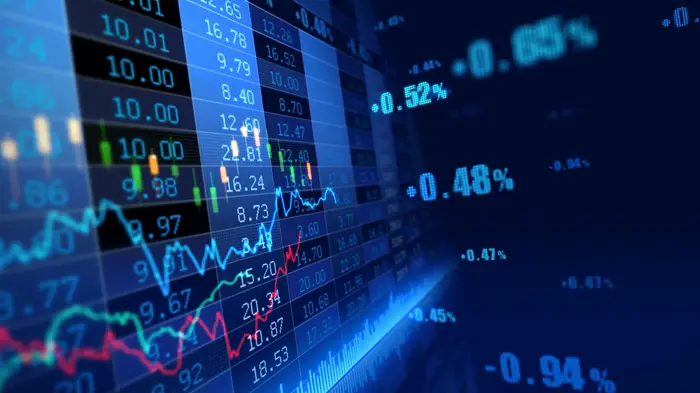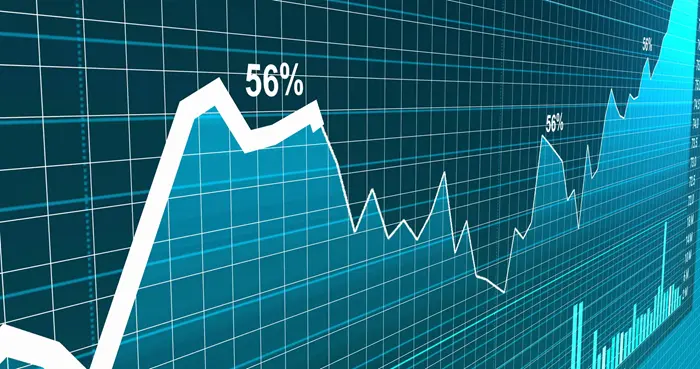Forex, or foreign exchange, is a global decentralized market where currencies are traded. It is the largest financial market in the world, with trillions of dollars exchanged daily. One of the key concepts in Forex trading is margin and, consequently, margin level. Understanding margin level is crucial for any trader, especially beginners, as it directly impacts their risk management and trading strategy. This article aims to provide a comprehensive introduction to margin level in Forex, using simple language and logical explanations.
What is Margin in Forex?
Before diving into margin level, it’s essential to understand what margin is. Margin in Forex refers to the amount of money a trader must deposit with their broker to open a leveraged position. Leverage allows traders to control a larger amount of currency than they have in their account. For example, if a trader has a 1,000accountanduses1:100leverage,theycantradeupto100,000 worth of currency.
The margin required for a trade depends on the size of the position and the leverage offered by the broker. Margin is not a fee or a charge; it is simply a deposit that acts as collateral for the trade. The margin remains in the trader’s account and is only used to secure the open position. If the trade moves in the trader’s favor, the margin is not affected. However, if the trade moves against the trader, the margin can be used to cover losses.
Margin Calculation
To calculate the margin required for a trade, you need to know the size of the position (in lots), the leverage offered by the broker, and the base currency of the account. In Forex, a standard lot is equal to 100,000 units of the base currency. Mini and micro lots are also common, with mini-lots being 10,000 units and micro-lots being 1,000 units.
The formula for calculating margin is:
Margin = (Position Size / Leverage) * Lot Size
For example, if a trader wants to open a 0.1 lot position in EUR/USD with 1:200 leverage, the margin required would be:
Margin = (0.1 / 200) * 100,000 = $50
This means the trader needs to have at least $50 in their account to open this position.
What is Free Margin?
Free margin is the amount of money in a trader’s account that is not tied up in open positions. It represents the available funds that can be used to open new positions or to cover losses if existing positions move against the trader. Free margin is calculated by subtracting the margin used in open positions from the account’s equity.
Free Margin = Equity – Margin
Equity is the total value of the account, including any floating profits or losses from open positions. For example, if a trader has a 1,000accountandhasa50 margin tied up in an open position with a 20floatingprofit,theirequitywouldbe1,020, and their free margin would be:
Free Margin = 1,020−50 = $970
What is Margin Level?
Margin level is a critical metric in Forex trading that indicates the health of a trader’s account. It is calculated by dividing the account’s equity by the margin used in open positions and then multiplying by 100 to express it as a percentage.
Margin Level = (Equity / Margin) * 100
Margin level provides a clear picture of how much leverage a trader is using relative to their account size. A higher margin level indicates that the trader has more equity available to cover potential losses, while a lower margin level suggests that the trader is using a higher percentage of their account’s value to maintain open positions.
For example, if a trader has an equity of 1,000andamarginof200, their margin level would be:
Margin Level = (1,000/200) * 100 = 500%
This means the trader has five times the margin required to maintain their open positions, which is generally considered a safe level.
Importance of Margin Level
Margin level is crucial for risk management in Forex trading. It helps traders assess their account’s risk exposure and make informed decisions about whether to open new positions, close existing positions, or adjust their leverage.
1. Risk Assessment
Margin level provides a quick and easy way to gauge the riskiness of a trader’s account. A low margin level indicates that the trader is using a high percentage of their account’s value to maintain open positions, which increases the risk of a margin call or account liquidation.
2. Decision-Making
Margin level can influence a trader’s decision-making process. For example, if a trader’s margin level drops below a certain threshold, they may decide to close some or all of their open positions to reduce risk.
3. Leverage Adjustment
Margin level can also be used to adjust leverage. If a trader’s margin level is too low, they may reduce their leverage to decrease the margin required for new positions. Conversely, if their margin level is high, they may increase their leverage to take advantage of larger potential profits.
Margin Call and Account Liquidation
A margin call is a notification from a broker to a trader that their margin level has fallen below a certain threshold, usually 100%. This means that the trader’s equity is no longer sufficient to cover the margin required for their open positions. If the margin level continues to fall, the broker may liquidate (close) some or all of the trader’s positions to prevent further losses.
Account liquidation is the process of closing a trader’s open positions to protect the broker from losses. It occurs when the margin level falls below the broker’s minimum margin requirement, which is typically lower than the margin call level. Once an account is liquidated, the trader may face significant losses, and their account balance may be reduced to zero or even below.
To avoid margin calls and account liquidation, traders should monitor their margin level closely and manage their risk effectively. This includes setting stop-loss orders, adjusting leverage, and closing positions when necessary.
Factors Affecting Margin Level
Several factors can affect a trader’s margin level, including:
1. Market Volatility
Increased market volatility can cause rapid fluctuations in a trader’s equity, which can affect their margin level. During volatile market conditions, traders may need to adjust their positions or leverage to maintain a healthy margin level.
2. Trade Size
The size of a trader’s positions can directly impact their margin level. Larger positions require more margin, which can reduce the trader’s free margin and overall margin level.
3. Leverage
Leverage amplifies both profits and losses. Higher leverage increases the potential for larger profits but also increases the risk of larger losses, which can quickly erode a trader’s margin level.
4. Account Size
The size of a trader’s account can also affect their margin level. Smaller accounts may have less equity available to cover potential losses, which can make them more susceptible to margin calls and account liquidation.
Strategies for Managing Margin Level
Managing margin level effectively is crucial for successful Forex trading. Here are some strategies traders can use to maintain a healthy margin level:
1. Risk Management
Set clear risk management guidelines, such as maximum position size, stop-loss levels, and leverage limits. Stick to these guidelines to avoid over-leveraging and reduce the risk of margin calls.
2. Monitor Margin Level
Regularly check your margin level to ensure it remains within a safe range. Use trading platforms or account management tools to monitor your equity, margin, and margin level in real-time.
3. Adjust Positions
If your margin level falls below a certain threshold, consider closing some or all of your open positions to reduce risk. Alternatively, you may adjust your leverage or trade size to maintain a healthy margin level.
4. Use Stop-Loss Orders
Stop-loss orders can help limit losses and protect your margin level. Place stop-loss orders at a level that aligns with your risk tolerance and trading strategy.
5. Diversify Portfolio
Diversifying your portfolio by trading multiple currency pairs can help reduce the risk of significant losses from a single position. This can help stabilize your margin level and improve your overall risk-reward ratio.
Conclusion
Margin level is a critical metric in Forex trading that indicates the health of a trader’s account. It provides a clear picture of how much leverage a trader is using relative to their account size and helps assess risk exposure. By understanding margin level and managing it effectively, traders can reduce the risk of margin calls and account liquidation, improve their risk-reward ratio, and increase their chances of success in the Forex market.
To summarize, margin level is calculated by dividing a trader’s equity by the margin used in open positions and multiplying by 100. It is influenced by factors such as market volatility, trade size, leverage, and account size. Effective margin level management involves setting clear risk management guidelines, regularly monitoring margin level, adjusting positions as needed, using stop-loss orders, and diversifying the portfolio.
Related topics:































